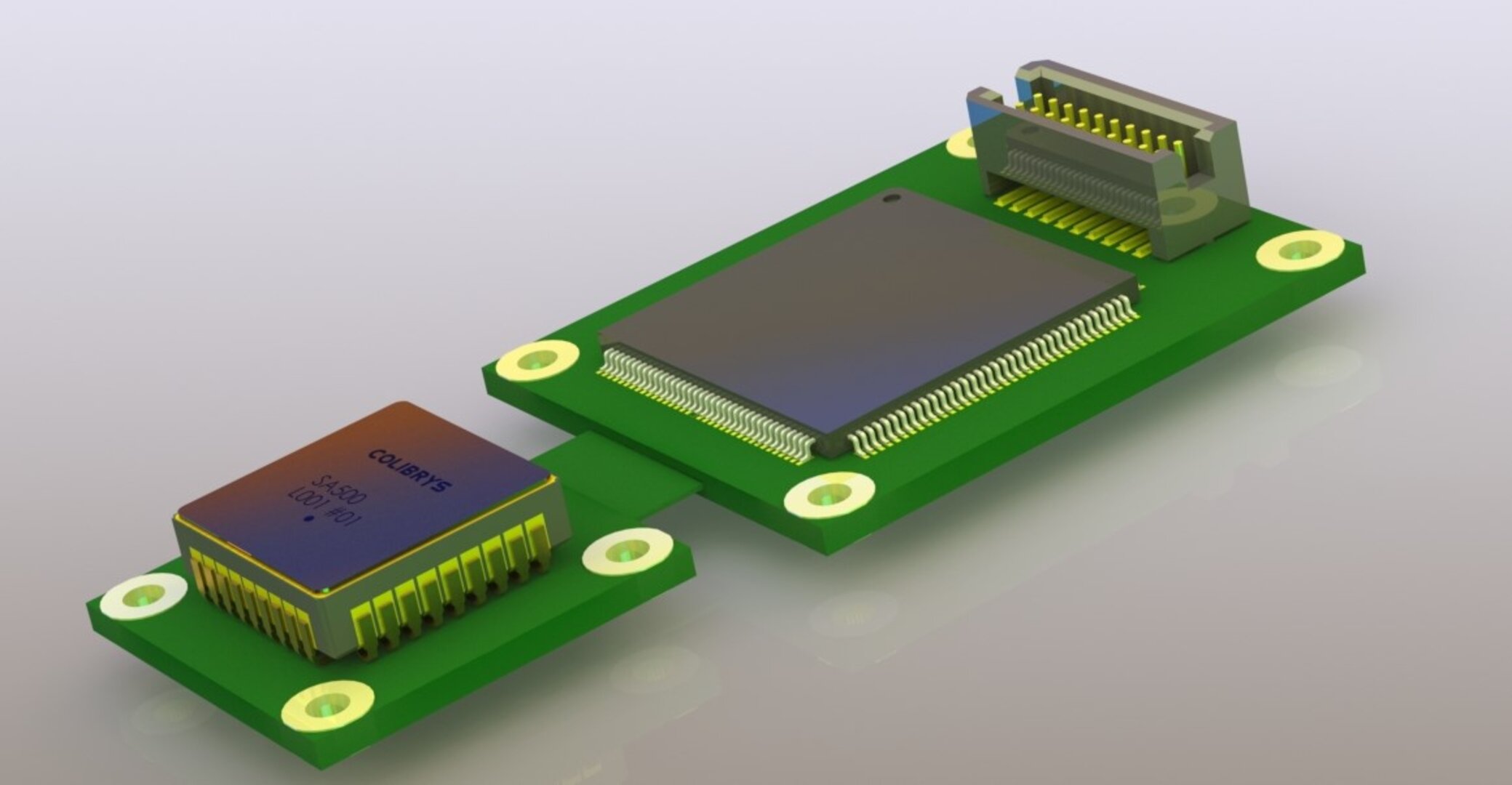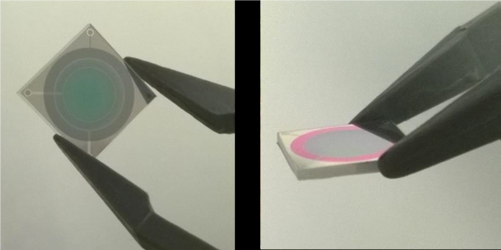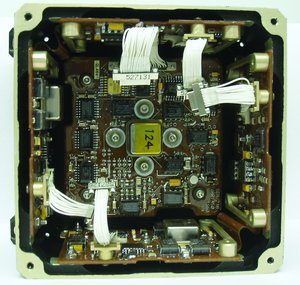New MEMs Accelerometer to Meet Rising Performance Demands
Demand for high-performance MEMS accelerometers able to withstand harsh environments is increasing due to their inherent advantages versus legacy technologies and the proliferation of monitoring and control application requiring sensors.
An activity with Safran Colibrys SA, in Switzerland and GSTP Element 1 has developed a closed-loop MEMS accelerometer to meet the requirements of a radiation-hard accelerometer for incorporation in a low-resource standalone three-axis MEMS accelerometer or inertial measurement unit.
MEMS technology is the ideal solution for the space market, as it addresses the performance requirements while levering significant size, power, cost and robustness.
The approach was to carry out a pre-study of the suitability of a MEMS closed-loop accelerometer for space applications
The activity re-assessed the space accelerometer requirements for various ESA missions (e.g., ExoMars, MSR, Heracles, Plato) and potential new use cases (e.g., exploration, satellite, mini-satellite, launcher, vehicle). It then validated the radiation tolerance and thermal performance of the closed-loop architecture. Finally, the activity generated a product definition proposal for the realisation of a MEMS closed-loop accelerometer for space.
The proposed SA500 sensor is a single-axis, closed-loop, rad-hard MEMS accelerometer consisting of two modules: A mixed signal board populated with a multichip module (including both MEMS accelerometer die and an analog/mixed-signal front-end ASIC); And a digital board with a radiation-hardened microcontroller.
The activity’s developed sensor is well positioned to meet or exceed the majority of the mission requirements identified in this study, including Entry Descent and Landing (EDL), Rover Navigation, guidance & navigation, monitoring & control and tilt sensing. Only the gravitational and orbit transfer applications, which require niche accelerometers very low full-scale ranges (order of µg), were not suitable for our proposed sensor.
4000133599/20 closed in 2022.















 Germany
Germany
 Austria
Austria
 Belgium
Belgium
 Denmark
Denmark
 Spain
Spain
 Estonia
Estonia
 Finland
Finland
 France
France
 Greece
Greece
 Hungary
Hungary
 Ireland
Ireland
 Italy
Italy
 Luxembourg
Luxembourg
 Norway
Norway
 The Netherlands
The Netherlands
 Poland
Poland
 Portugal
Portugal
 Czechia
Czechia
 Romania
Romania
 United Kingdom
United Kingdom
 Slovenia
Slovenia
 Sweden
Sweden
 Switzerland
Switzerland






























